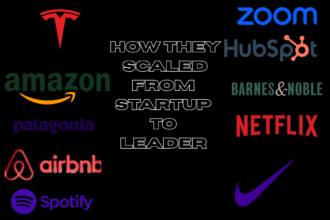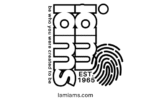Interior design has always been more than just picking paint colors—it’s a full-fledged business that demands creativity, financial acumen, client management, and strategic thinking. In 2025, how interior designers structure their businesses is critical to survival and growth. From legacy firms to new digital-first entrepreneurs, success lies in adapting your business model to the changing economic and cultural landscape.
Why Business Models Matter More Than Ever Your business model determines your revenue streams, client relationships, team structure, and long-term scalability. In an era where remote collaboration, hybrid homes, and sustainability dominate client preferences, interior designers must evolve or risk irrelevance.
The most successful firms don’t just design—they run lean, smart businesses that reflect client behavior and tech trends. Choosing the right business model (or combination) is the first step in building a lasting, fulfilling career in interior design.
Let’s explore five key models, their advantages and risks, and which types of designers they suit best:

1. Full-Service Interior Design This traditional model remains the industry benchmark. Designers provide start-to-finish services including initial consultation, concept development, space planning, product sourcing, project coordination, and final styling.
Pros:
- High revenue potential per client
- Full control over creative execution
- Strong client relationships and word-of-mouth referrals
Cons:
- Labor-intensive
- Requires robust back-end systems and contractors
- Client timelines and vendor delays can impact profitability
Ideal For: Experienced designers targeting luxury residential or commercial clients. Works best with a small, skilled team and streamlined systems.

2. E-Design Services (Remote Design) A modern and accessible model, e-design allows designers to create room concepts, product recommendations, and design instructions delivered entirely online.
Pros:
- Scalable and flexible
- Low overhead and no geographic boundaries
- Ideal for new designers building a portfolio
Cons:
- Lower average revenue per project
- Limited control over execution
- Fewer opportunities for upselling services or products
Ideal For: Tech-savvy solo designers, side-hustlers, and creators building a national or global brand. Also excellent for serving budget-conscious clients.

3. Hybrid Model: Flat Fees + Hourly Services In this model, designers offer project-based flat rates (e.g., $2,000 for a room makeover), with add-ons available at hourly rates for revisions, shopping trips, or on-site visits.
Pros:
- Predictable income
- Easy for clients to understand and compare
- Scales well with part-time help or assistants
Cons:
- Must be clear on scope to avoid scope creep
- Requires contract discipline
Ideal For: Designers offering mid-range residential services who want to control time spent without undercharging.

4. Product Sales and Affiliate Marketing Designers monetize their aesthetic and taste through curated product lines, furniture collections, or affiliate sales from brands like Wayfair, Article, or Pottery Barn.
Pros:
- Passive income potential
- Builds brand awareness
- Minimal client interaction
Cons:
- Requires a strong online following
- Affiliate income can fluctuate
Ideal For: Influencer-designers, bloggers, YouTubers, or those with retail experience and an audience.

5. Brick-and-Mortar Retail/Showroom Model Some designers open concept stores or showrooms showcasing their aesthetic with sellable inventory—rugs, lighting, wall art, etc. Clients can walk in for design inspiration and consultations.
Pros:
- Walk-in business
- Local visibility
- Builds community around your brand
Cons:
- High overhead
- Requires staffing and inventory management
Ideal For: Established designers with capital and community ties who want to build a long-term local presence.

Blended Models Are the Future Many designers in 2025 blend models: e-design for reach, full-service for revenue, affiliate income for scalability, and product lines for brand equity.











